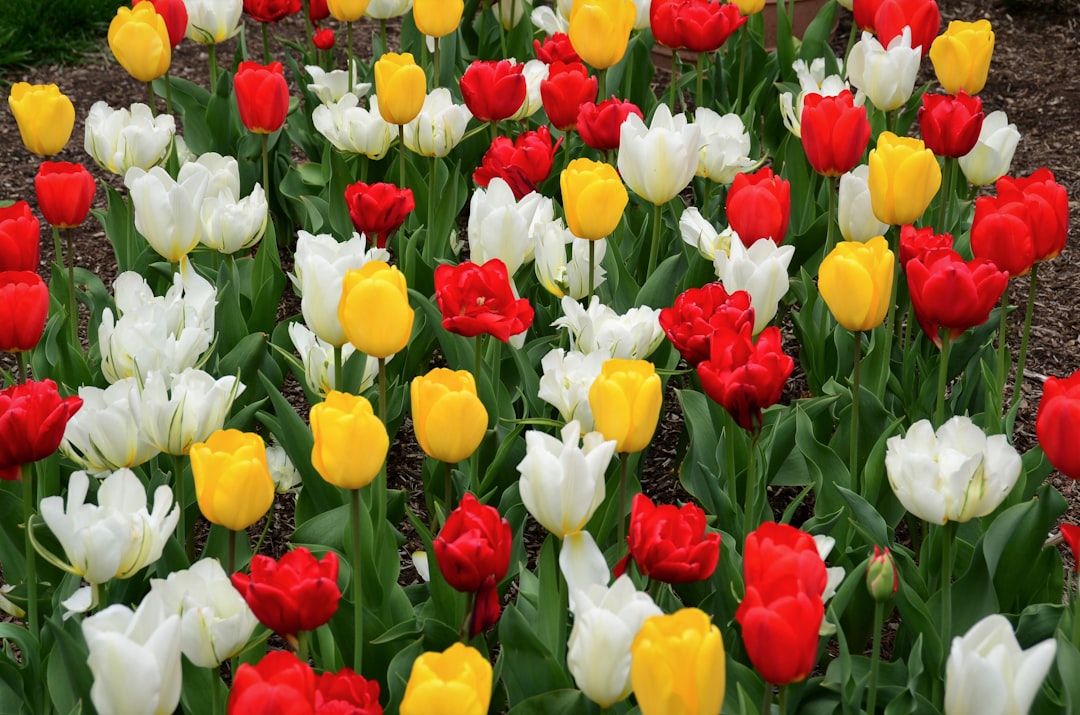Transform Your Landscape with a Thrilling Island Bed Garden

Are you looking to add a touch of excitement and beauty to your landscape? Look no further than this easy - care island bed garden plan. This unique garden concept features low - maintenance perennials surrounding a magnificent flowering tree, creating a visually stunning and hassle - free outdoor space.
First, let's talk about the centerpiece of this garden plan: the flowering tree. There are several excellent options to choose from. For example, the dogwood tree is a popular choice. With its delicate pink or white blossoms in the spring, it adds a burst of color and elegance to the garden. The crape myrtle is another great option, especially in warmer climates. It offers long - lasting summer blooms in various shades, from soft pastels to vibrant purples and reds.
Once you've selected your flowering tree, it's time to focus on the low - maintenance perennials. These plants are the workhorses of the garden, providing continuous beauty year after year with minimal effort on your part. One such perennial is the daylily. Daylilies come in a wide range of colors, from sunny yellows to deep oranges and reds. They are extremely hardy and can tolerate a variety of soil conditions. They also bloom for an extended period, usually from early summer to fall, ensuring that your garden always has a splash of color.
Another excellent choice for the island bed is the sedum. Sedums are succulent plants that are known for their drought - tolerance and easy care. They come in different forms, from low - growing groundcovers to upright varieties. The stonecrop sedum, for instance, has fleshy leaves and star - shaped flowers that attract butterflies. It's perfect for filling in the spaces around the base of the tree and adding texture to the garden.
When planning the layout of your island bed, consider the height and spread of each plant. Place taller plants, like the flowering tree, in the center of the bed. Then, arrange the perennials in descending order of height around the tree. This creates a natural, tiered look that is both aesthetically pleasing and functional. You can also group plants with similar water and sunlight requirements together to make maintenance easier.
Soil preparation is crucial for the success of your island bed garden. Start by testing the soil to determine its pH level and nutrient content. Most perennials and flowering trees prefer well - drained soil with a slightly acidic to neutral pH. Amend the soil with organic matter, such as compost or aged manure, to improve its structure and fertility. This will provide a healthy growing environment for your plants.
Watering is an important aspect of garden care. While the low - maintenance perennials are relatively drought - tolerant, they still need regular watering, especially during the first few weeks after planting. Once established, you can reduce the frequency of watering. However, make sure to water deeply to encourage strong root growth. A soaker hose or drip irrigation system is an efficient way to water your island bed, as it delivers water directly to the soil and reduces water waste.
Finally, don't forget about mulching. Mulch helps to retain moisture in the soil, suppress weeds, and regulate soil temperature. Apply a layer of organic mulch, such as shredded bark or wood chips, around the base of the plants. This not only protects the roots but also adds a finished look to the garden.
In conclusion, this easy - care island bed garden plan is a fantastic way to enhance your landscape. With a beautiful flowering tree as the centerpiece and low - maintenance perennials surrounding it, you can create a garden that is both stunning and easy to manage. So, roll up your sleeves and get started on transforming your outdoor space into a haven of beauty and tranquility.